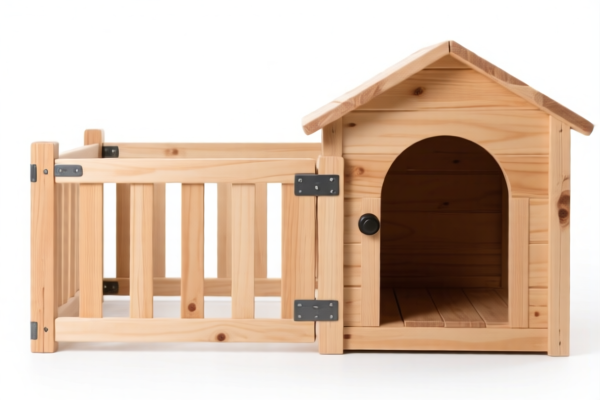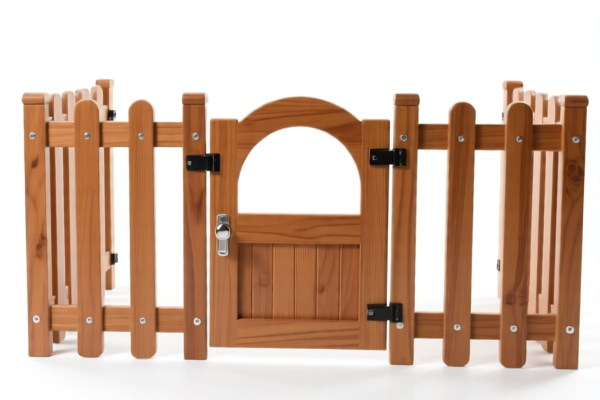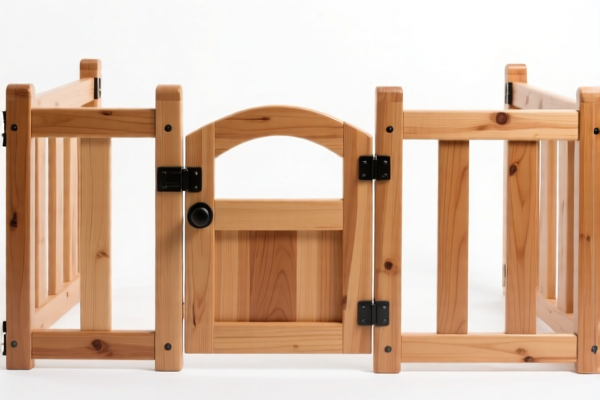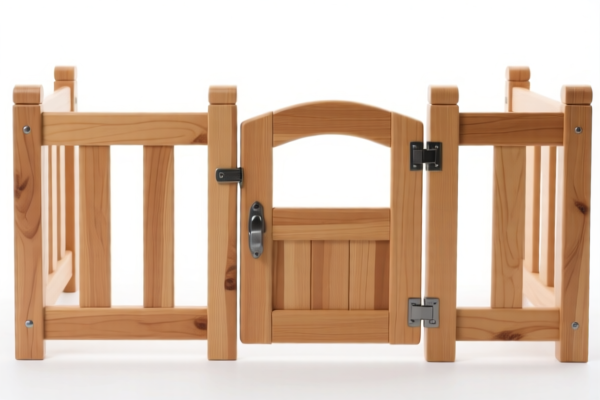| HS Code | Official Doc | Tariff Rate | Origin | Destination | Effective Date |
|---|---|---|---|---|---|
| 8301406060 | Doc | 43.2% | CN | US | 2025-05-12 |
| 3923900080 | Doc | 58.0% | CN | US | 2025-05-12 |




Pet Door
A pet door, also known as a cat door or dog door, is a small doorway installed in a door or wall to allow pets to move freely in and out of a building without requiring human assistance.
Materials
Pet doors are constructed from a variety of materials, each offering different levels of durability, insulation, and cost:
- Plastic: Common for basic models, lightweight and affordable, but less durable and offers minimal insulation.
- Metal: More robust than plastic, providing greater security and resistance to damage. Aluminum is a frequent choice.
- Magnetic: Utilize magnets to create a tight seal, enhancing energy efficiency.
- Electronic/Smart Doors: Feature microchip or collar-activated opening mechanisms, offering advanced security and control.
- Glass/Acrylic: Used for doors designed for windows or glass patio doors.
Purpose
The primary purpose of a pet door is to grant pets independent access to the outdoors or between different areas of a home. This provides several benefits:
- Convenience: Eliminates the need for constant opening and closing of doors for the pet.
- Pet Freedom: Allows pets to relieve themselves when needed, reducing accidents and stress.
- Increased Comfort: Enables pets to access outdoor spaces for exercise and fresh air.
Function
Pet doors operate through various mechanisms:
- Flap Doors: The most common type, utilizing a flexible flap (plastic or rubber) that the pet pushes through.
- Panel Doors: Feature a rigid panel that slides to the side or up and down.
- Electronic/Smart Doors: Use sensors to detect a pet's microchip or collar tag, automatically unlocking the door.
- Infrared Sensors: Detect the pet's presence and open the door.
Usage Scenarios
- Exterior Doors: Installed in exterior doors to provide access to yards or patios.
- Interior Doors: Used to allow pets access between rooms or to designated areas (e.g., from a bedroom to a kitchen).
- Windows: Specialized pet doors are designed for installation in glass windows.
- Walls: More complex installations requiring cutting a hole in a wall.
Common Types
- Basic Flap Doors: Simple, affordable, and widely available.
- Magnetic Doors: Offer improved insulation and a tighter seal.
- Electronic Doors: Provide advanced security and control, preventing unwanted animal entry.
- Smart Doors: Connect to Wi-Fi, allowing remote control and activity monitoring.
- Two-Way Doors: Allow pets to enter and exit freely.
- Self-Closing Doors: Automatically close after the pet passes through.
- Large/Extra-Large Doors: Designed for larger breeds of dogs.
- Weatherproof Doors: Constructed with features to minimize drafts and water entry.
Pet doors and cat doors fall under articles for the conveyance or packing of goods, of plastics; stoppers, lids, caps and other closures, of plastics.
- 3923900080: This HS code covers articles for the conveyance or packing of goods, of plastics; stoppers, lids, caps and other closures, of plastics: Other Other. This includes a broad category of plastic articles used for containing or closing items, which would encompass pet doors and cat doors made of plastic.
- 39: Plastics and articles thereof.
- 23: Plastics and articles thereof: Plastics, sheaths and tubes.
- 90: Plastics and articles thereof: Articles for the conveyance or packing of goods, of plastics; stoppers, lids, caps and other closures.
- 00: Plastics and articles thereof: Articles for the conveyance or packing of goods, of plastics; stoppers, lids, caps and other closures: Other.
- 80: Plastics and articles thereof: Articles for the conveyance or packing of goods, of plastics; stoppers, lids, caps and other closures: Other Other.
The total tax rate for this HS code is 58.0%, comprised of a 3.0% base tariff and a 25.0% additional tariff. An additional 30% additional tariff will be applied after April 2, 2025.
Customer Reviews
No reviews yet.